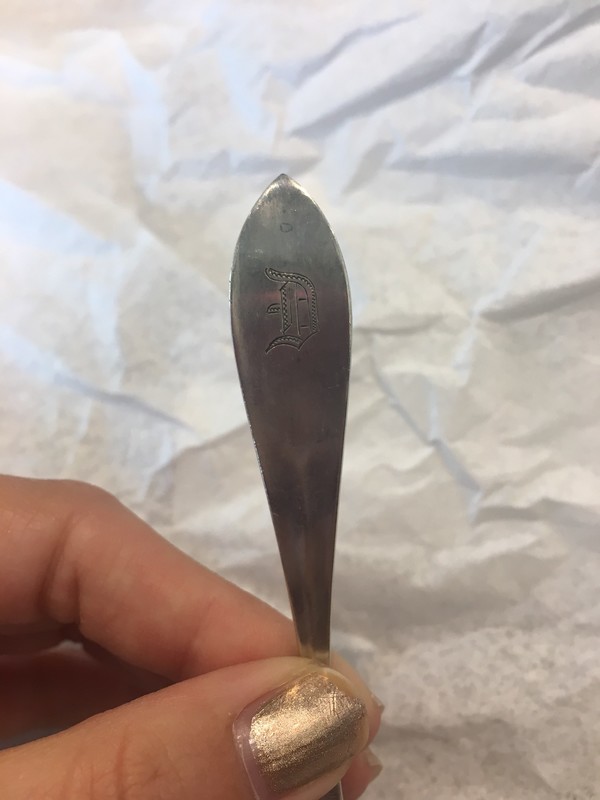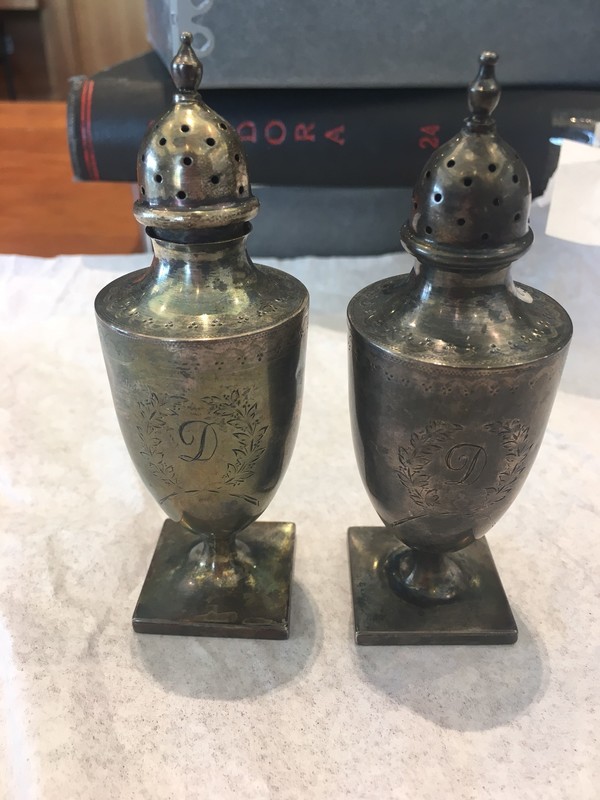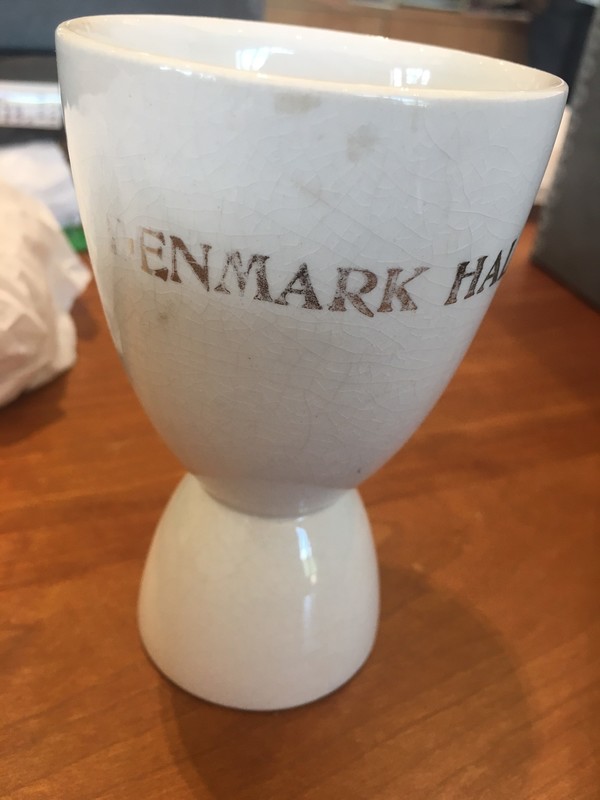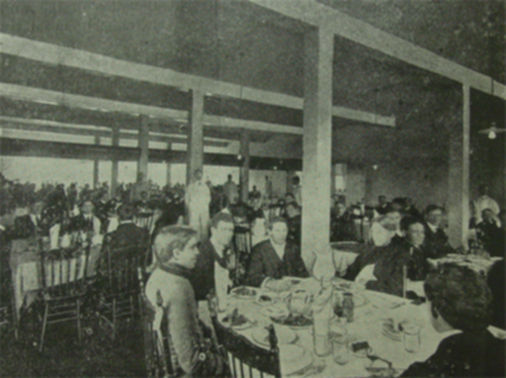The Original Denmark Dining Hall, 1901
In 1901, the senior class at the Unversity of Georgia consisted of 27 men, almost all from Georgia (Pandora Yearbook,1901). University life was signifigantly more intimate and formal at the time that Denmark Hall first opened. The men undoubtedly came from different backgrounds and customs, hailing from Atlanta to Athens to Bainbridge, Georgia.
To have been able to afford a college education meant that most of the students were accustomed to formal dining arrangements prior to UGA, but eating with family members was much different than dining in a hall with other students. Per a book called Manners and Social Usages published in 1897, conversation tips for a "shy young person" at the dinner table are offered. "The last new novel, the last opera, the best and newest gallery of pictures.." (322) are suggested.
Denmark Hall was outfitted with proper formal dining utensils. According to the Manners book, all dinners should have a number of servants corresponding to the number of people dining, so it is safe to assume Denmark Hall had servers for the students. "Elegantly engraved" (270) items are suggested, as well as silver salt shakers like the one pictured. The decision to engrave each dining item with a "D" followed the engraving trend at the time.
The dining experience at Denmark probably followed the traditional steps of a formal meal, the complete opposite of the "quick and easy" mentality surrounding the modern dining halls. In the Manners book, the steps of a proper dinner are laid out, taking up five entire pages. For most meals, suits were required, a stark contrast to the gym shorts and t-shirts students are accustomed to today.
Despite the fancy arrangements, Denmark was known for its tasteless food and was commonly referred to as the "beanery." According to the building's historical report, a small farm was located next to it to supply necessities like milk and eggs. Staples of simple meals at the time were mashed potatoes, hard boiled eggs (hence the egg cup), and roasted meat.
Suggested Readings:
Holt, Emily. Encyclopaedia of Etiquette; What to Write, What to Do, What to Wear, What to Say: A Book of Manners for Everyday Use, 1901.
Maud, Cooke. Manual of Etiquette, or Social Forms, Manners and Customs of Correct Society Containing Rules ... for All Occassions, 1896
Sherwood, M.E.W. Manners and Social Usages, 1897.
Young, John. Our Deportment; Or, The Manners, Conduct, and Dress of the Most Refined Society, 1883
Works Cited
McManus, Rebecca, Alexandra Green, and Sophia Latz. Denmark Hall: Historic Structure Report. University of Georgia, College of Education and Design. http://www.ced.uga.edu/wp content/uploads/2015/01/Denmark-HSR.pdf. Accessed April 2017.
Pandora Yearbook, University of Georgia Pandora Yearbook. 1901.
Sherwood, M. E. W. 1826-1903. Manners and Social Usages. New and rev. ed. New York: Harper, 1897. Print.






